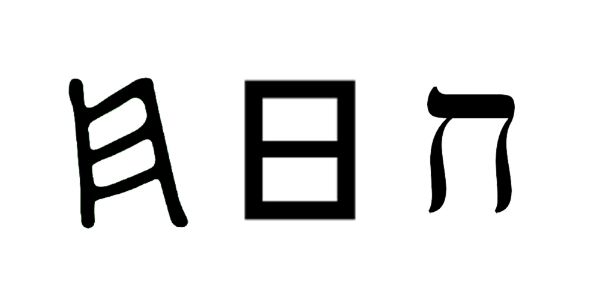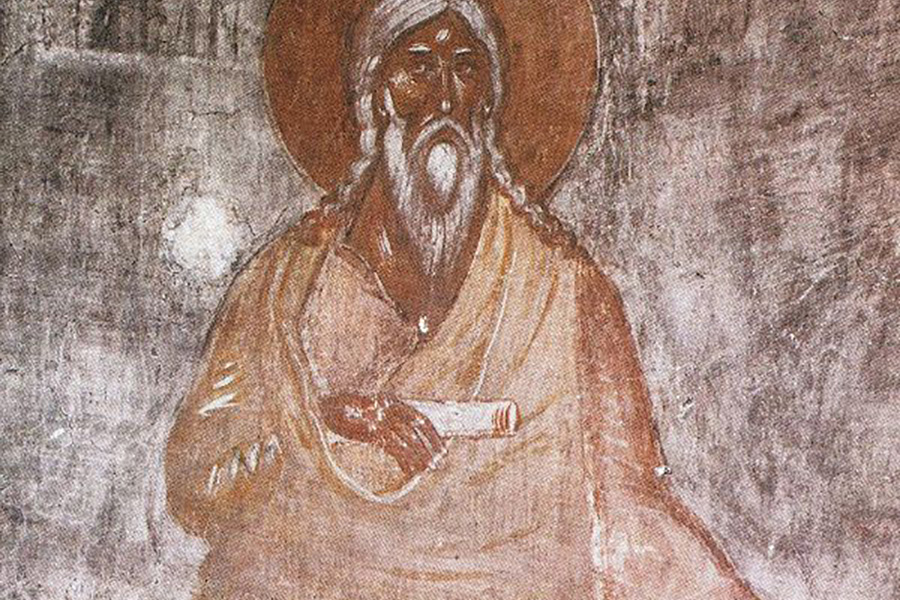The letter khat (𐤇) or Kh/kh (Ḫ/ḫ) is the eighth letter in the Afroasiatic language known as Paleo-Hebrew (Ābarayat). The letter has been equated with the letter Kh, Ch, or H in the English language. However, it shouldn’t be confused with the Paleo-Hebrew letter ha (𐤄) which also can be equated with the letter H by itself. Nonetheless, the letters hold different pronunciations.
The iteration of it as Kh is prevalent in Egyptian and Hamitic (African) languages. Whereas, the iteration of it as Ch is more prevalent in Germanic, Khazarian, and Turkish languages. Since the original tribes lived closer to and interacted more with the Egyptians than they did the Khazarians we utilize the Kh spelling of the letter. However, both are functionally accurate.
Extended Study for 𐤇 (kh)
To read the study guide entry that elaborates on 𐤇 (kh) then join our Extended Study Membership at https://www.paleohebrewdictionary.org/extended or use phdict.org/extended to share a short link with others.





